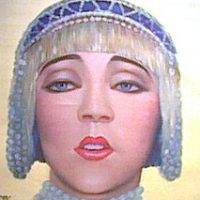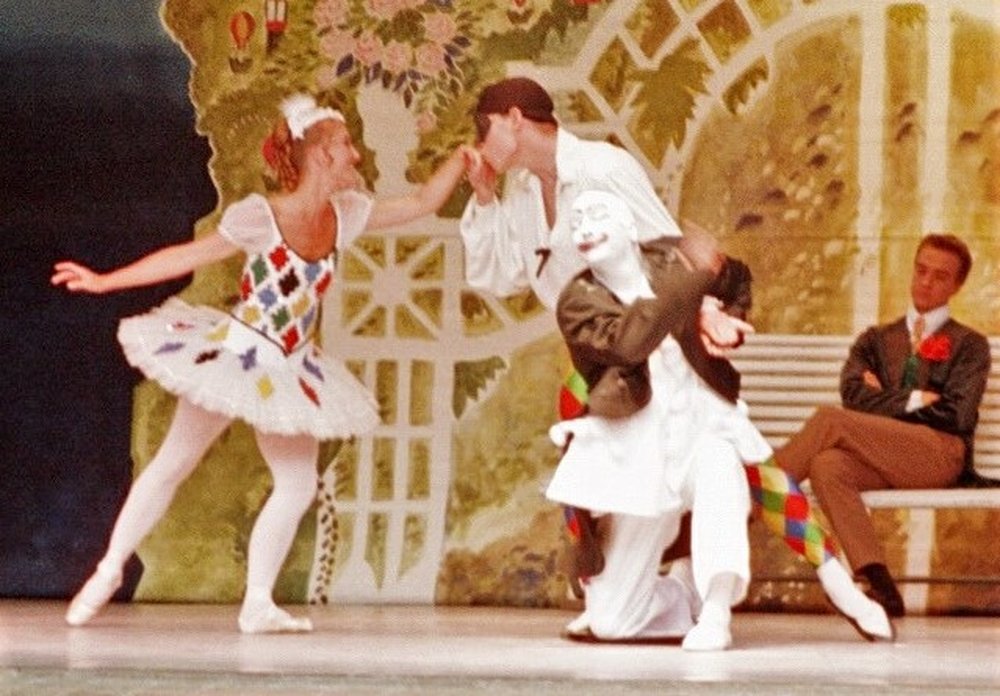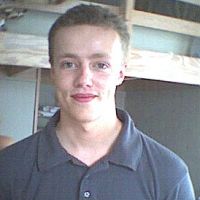

Denmark
About
airline_seat_recline_extraEurope 2
 Denmark
location_cityCopenhagen
flight_takeoffEKCH Kastrup
Denmark
location_cityCopenhagen
flight_takeoffEKCH KastrupPublished:2022
About
airline_seat_recline_extraEurope 2
 Denmark
location_citySindal
flight_takeoffEKSN Sindal
Denmark
location_citySindal
flight_takeoffEKSN SindalPublished:2022

AboutI went to Europe in July 2001 in quest of the perfect cup of coffee. But did I ever find that holy grail?
 Denmark
location_cityCopenhagen
tagMiGMan’s Combat Diary
Denmark
location_cityCopenhagen
tagMiGMan’s Combat DiaryPublished:2001

AboutWhat is the most dangerous form of wildlife in Denmark?
 Denmark
location_cityCopenhagen
tagMiGMan’s Combat Diary
Denmark
location_cityCopenhagen
tagMiGMan’s Combat DiaryPublished:2001

AboutI spotted this establishment in one of the Copenhagen tourist brochures and was intrigued. Scandinavian countries have a reputation for being sexually liberal and progressive so this seemed a good opportunity to get some more information.
 Denmark
location_cityCopenhagen
Denmark
location_cityCopenhagenPublished:2001

AboutTo my surprise and delight a chamber orchestra took the stage and launched into a series of joyous overtures. They weren't Mozart but in that style, classical era and quite delightful, apparently written by a Danish contemporary. This was fun. This was civilised. This was why I had come to Europe - the seat of culture - not the seat of a roller coaster!
 Denmark
location_cityCopenhagen
tagArchitecture
Denmark
location_cityCopenhagen
tagArchitecturePublished:2001

AboutThe buildings are mostly open to the public and although guided tours are provided we elected to wander through at our own pace. Climbing a steep spiral staircase into the attic I was amazed by the huge wooden beams which have been supporting the steep roof for over 300 years.
 Denmark
tagArchitecture
Denmark
tagArchitecturePublished:2001

AboutWalking into Copenhagen centre from our lodgings I made a momentous discovery. The burial place of one the most influential thinkers of modern times! The sign said "Kirkegaarde" and something else, which I took to mean "Kirkegaarde is buried here".
 Denmark
DenmarkPublished:2001

AboutMoesgaard Museum is a Danish regional museum dedicated to archaeology and ethnography. It is located in Beder, a suburb of Aarhus, Denmark.
 Denmark
location_cityAarhus
Denmark
location_cityAarhusPublished:2001

AboutLars is a Super Geek from way back. He loves flight sims and got hooked on PC sims by Chuck Yeager's Air Combat ... like many of us !
 Denmark
personLars Gramkow
tagContributor
Denmark
personLars Gramkow
tagContributorPublished:2001

AboutThe tourist brochure states these are Europe's largest survivng World War 2 fortifications. That may well be. I can personally attest to their largeness!
 Denmark
tagEuropean Theatre WWII
Denmark
tagEuropean Theatre WWIIPublished:2001

AboutBefore World War 2 the Kingdom of Denmark had pursued a policy of neutrality and almost complete disarmament. It was occupied in single day on 9 April 1940, simultaneously with the German invasion of Norway.
 Denmark
location_cityCopenhagen
tagEuropean Theatre WWII
Denmark
location_cityCopenhagen
tagEuropean Theatre WWIIPublished:2001

AboutDining a la fresco is something the Danes do at every opportunity. If they are to be believed, the weather only really allows this for a short time every year. During my month there the weather was like a Sydney winter - blue skies and 15 - 20 degrees every day.
 Denmark
location_cityAarhus
tagEuropean Theatre WWII
Denmark
location_cityAarhus
tagEuropean Theatre WWIIPublished:2001

AboutGallery from my visit to lovely Copenhagen in 2001
 Denmark
location_cityCopenhagen
tagArchitecture
Denmark
location_cityCopenhagen
tagArchitecture
AboutRud is located in the region of South Denmark. South Denmark's capital Vejle (Vejle) is approximately 38 km / 24 mi away from Rud (as the crow flies).
 Denmark
Denmark
